|
People in the LGBTQ community, especially LGBTQ youth, experience higher rates of homelessness, violence, economic instability, less access to resources, and a lack of social support. This puts LGBTQ-identified individuals at higher risk for human trafficking victimization. LGBTQ youth experiencing homelessness often resort to survival sex or engage in the commercial sex trade as a way to get their basic needs met.
3 Comments
Did you know that January 11 is National Human Trafficking Awareness Day? Today and every day, task forces around the country work together to address the issue of human trafficking with the intention of streamlining efforts and advocating on behalf of survivors. The Cook County Human Trafficking Task Force was awarded the Enhanced Collaborative Model to Combat Human Trafficking from the Department of Justice’s Bureau of Justice Assistance and Office for Victims of Crime to support the work of the Cook County Human Trafficking Task Force in 2010. Between the task force’s inception and December 2019, the task force has collaboratively prosecuted 175 defendants in 135 indictments at the state level, indicted 51 traffickers in 36 cases at the federal level, helped over 300 victims receive services, and trained over 14,700 potential first responders, from medical staff to state police to school social workers.
Victims of human trafficking are vulnerable and often have unfulfilled needs for survival. Homeless youth and young adults are targets for this very reason. In 13 cities across the US, researchers interviewed homeless young adults ages 17-25. It was determined that almost 20% of the youth were survivors of trafficking. 68% of all youth who report being trafficked or engaging in survival sex, did so while homeless. An example of a time some youth experience homelessness is when they age out of the foster care system. Making efforts to address homelessness by providing safe housing with job and educational opportunities for young adults is a way to reduce their risk of victimization. Support local programs and shelters for at risk youth and young adults!
Source: Labor and Sex Trafficking Among Homeless Youth Report According to the 2019 Trafficking in Persons report, low-wage migrant laborers in the U.S. are at particularly high risk to unsafe working conditions, exploitative hiring practices, and debt bondage—a form of human trafficking. Some recruiters exploit language barriers and other vulnerabilities of foreign nationals to facilitate human trafficking through unscrupulous practices including the worker-paid recruitment fees, misrepresentation of contract terms, contract switching, and destruction or confiscation of identity documents.
When we think about what puts someone at risk for human trafficking, it’s not enough to consider individual risk factors - we also have to consider what risk factors are present at the interpersonal, environmental, and societal levels. Below is an ecological framework created by researchers studying the commercial sexual exploitation of children. It depicts risk factors at each ecological level, presents the systems potential victims interact with, and the policies that impact them.
While this framework is specific to sex trafficking of minors, similar frameworks are helpful when thinking about the risk factors contributing to the sex and labor trafficking of individuals of all ages. In a study done in New York, LGBTQ youth were seven times more likely than heterosexual youth to have traded sex for a place to stay; transgender youth were found to be eight times more likely than non-transgender youth. Read the full research report here.
In a Polaris report published in 2018, 69% of survivor respondents reported having had access to health services at some time during their trafficking experience. Of those who accessed healthcare, 85% reported having received treatment for an illness or injury directly related to their work or exploitation. Health care providers are first responders in an important position to identify potential victims of trafficking. Read the full report here.
Labor trafficking comprises 75% of all human trafficking. Victims of labor trafficking are coerced into working through violence, intimidation, or fraud. Trafficked laborers often endure exploitative and unsafe working conditions, sub-minimum wages, and constant fear of retribution from their traffickers.
Here is a snapshot of human trafficking cases in the U.S. reported by state (according to 2018 data from the National Human Trafficking Hotline). Out of all 50 states, Illinois ranked #9 for cases of trafficking reported. Check out the full interactive infographic here!
|
NHTAM 2020This year in observance of National Human Trafficking Awareness Month, the Task Force planned a Social Media Takeover. Members of each subcommittee of the Task Force worked hard to create educational content about human trafficking related to their different areas of experience and expertise. You can find all of the posts on this page! ArchivesCategories |
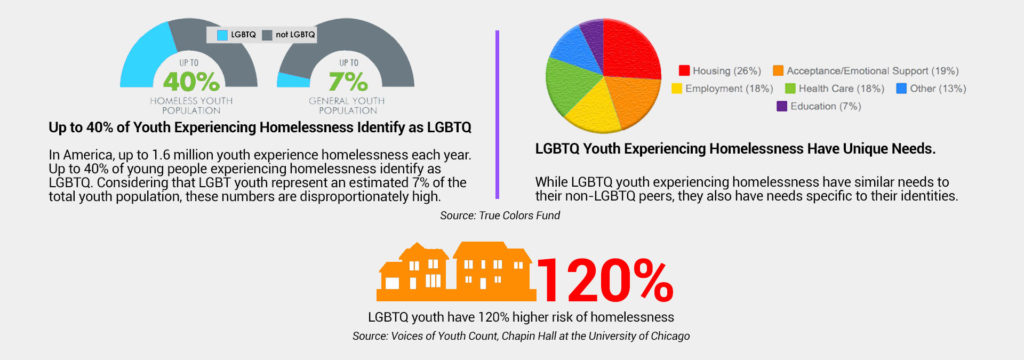
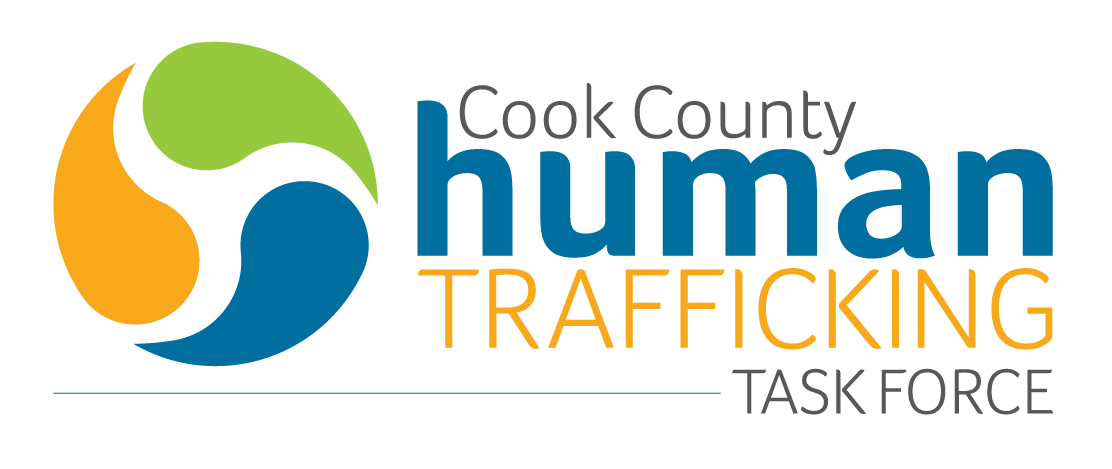

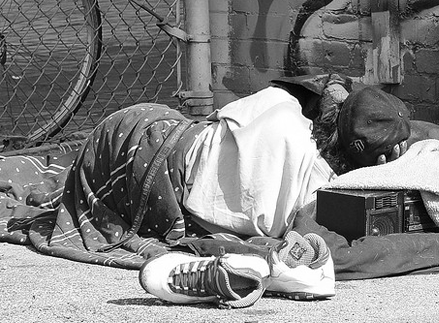
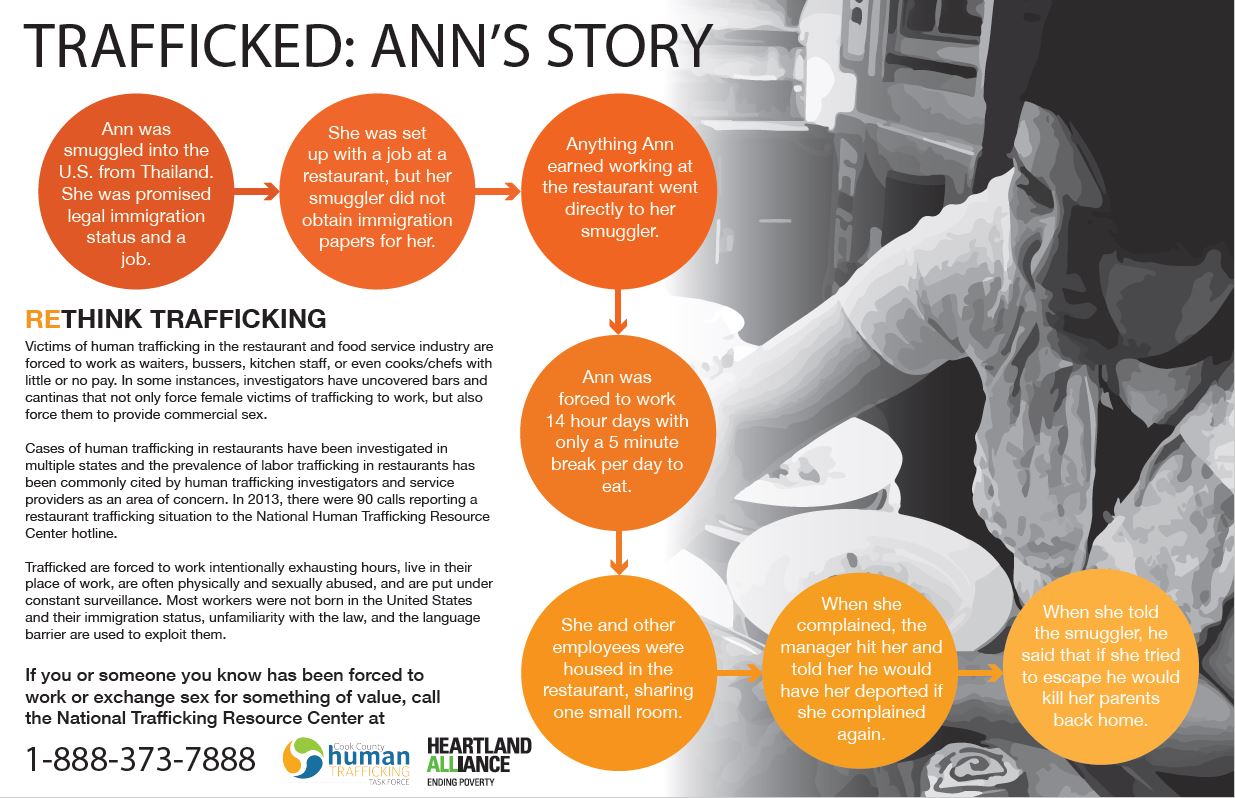
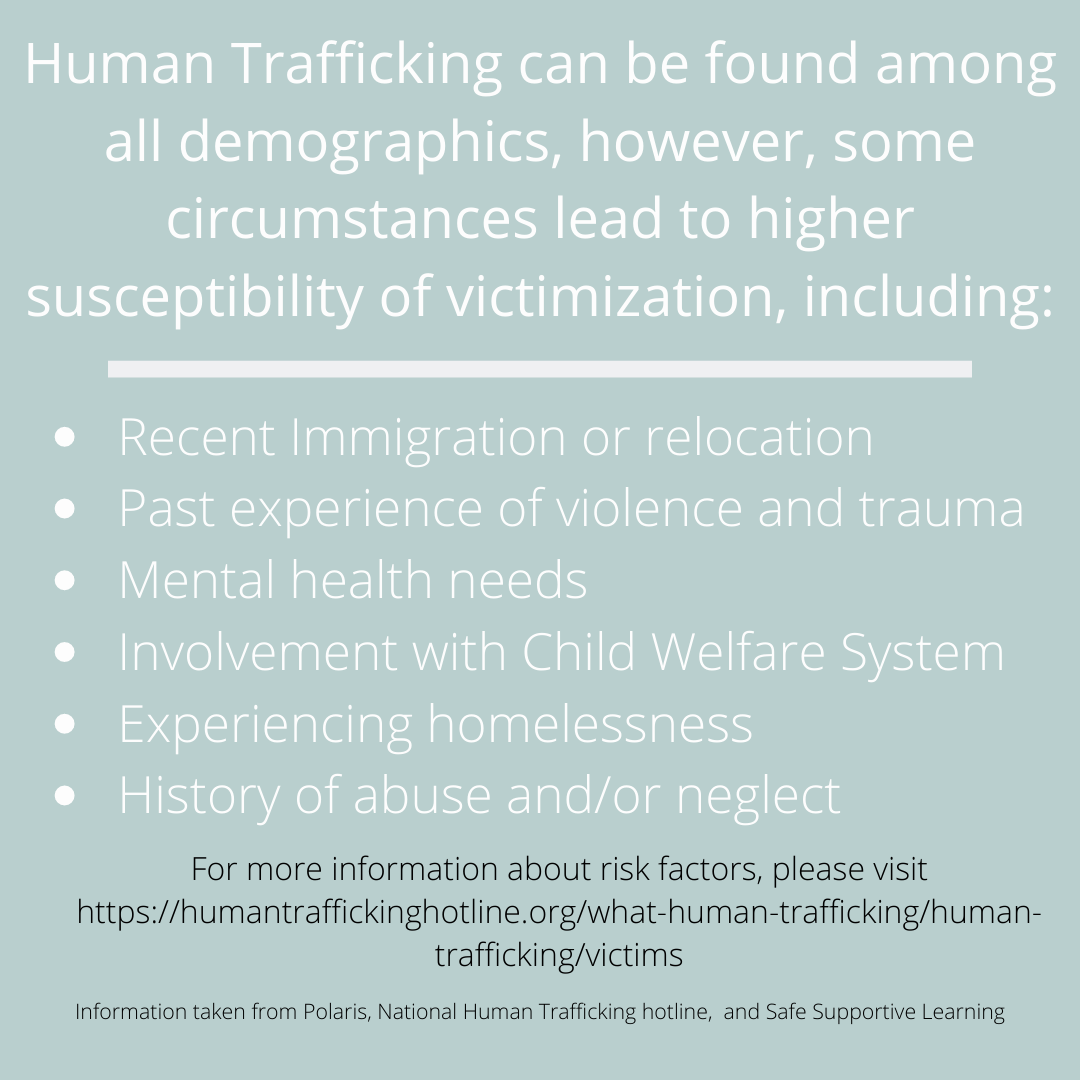
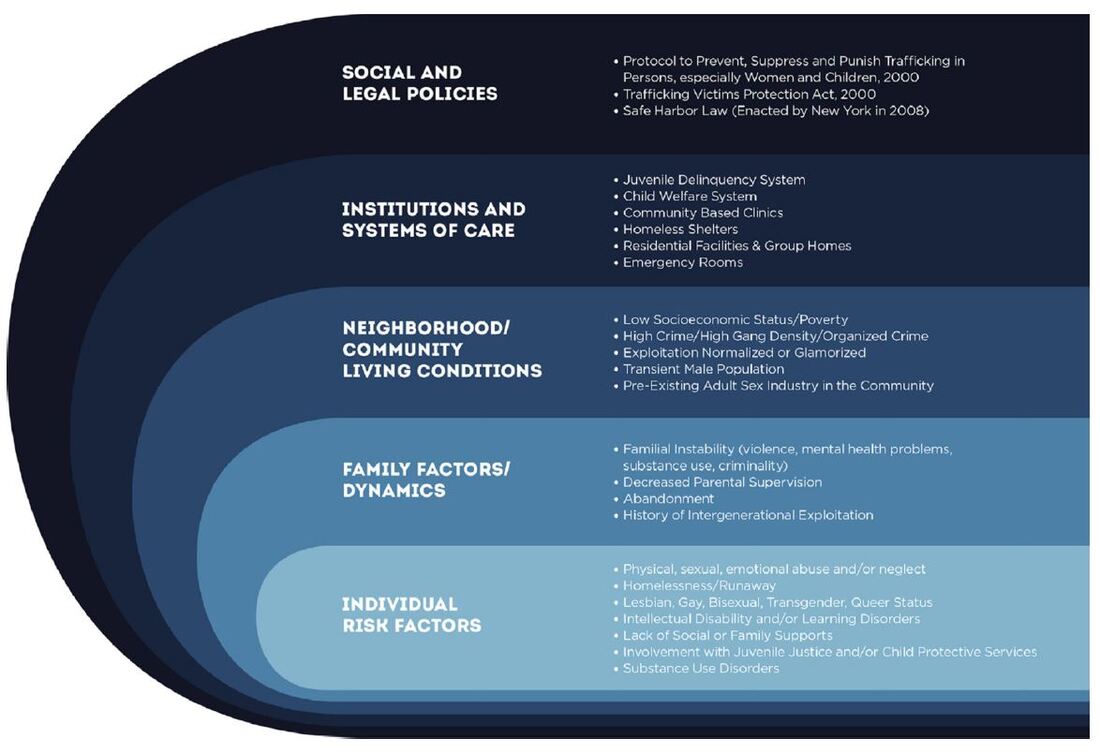
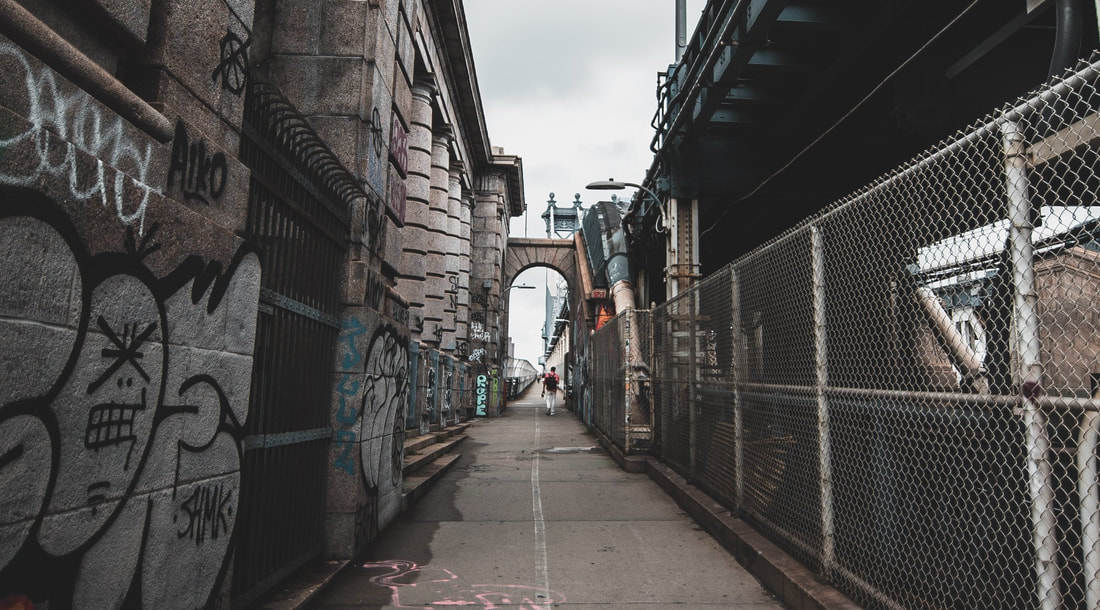
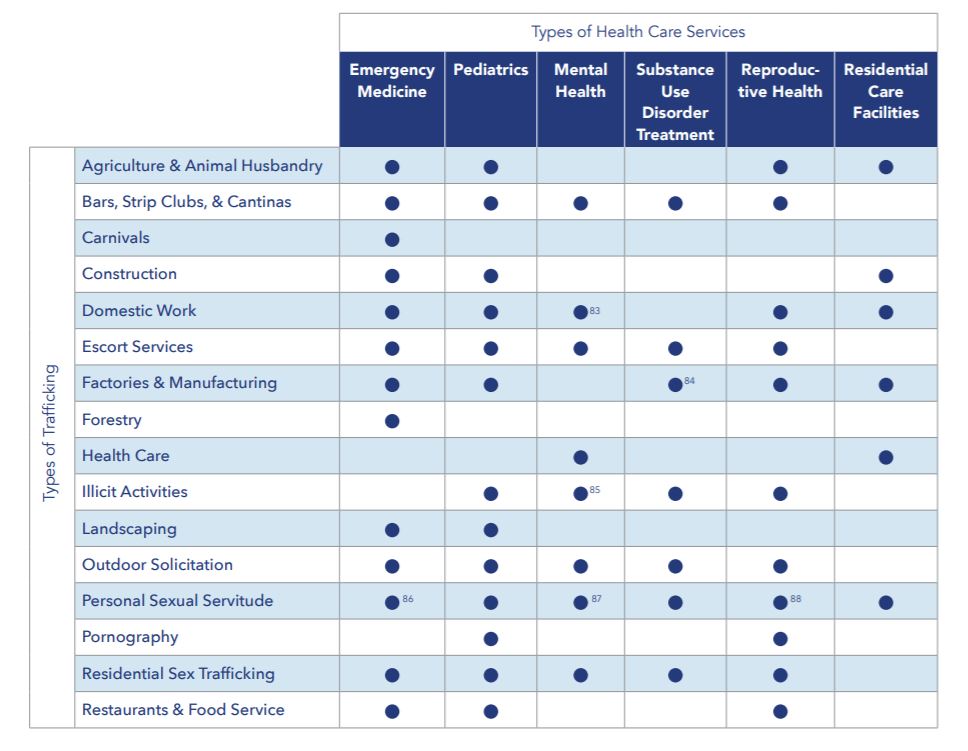
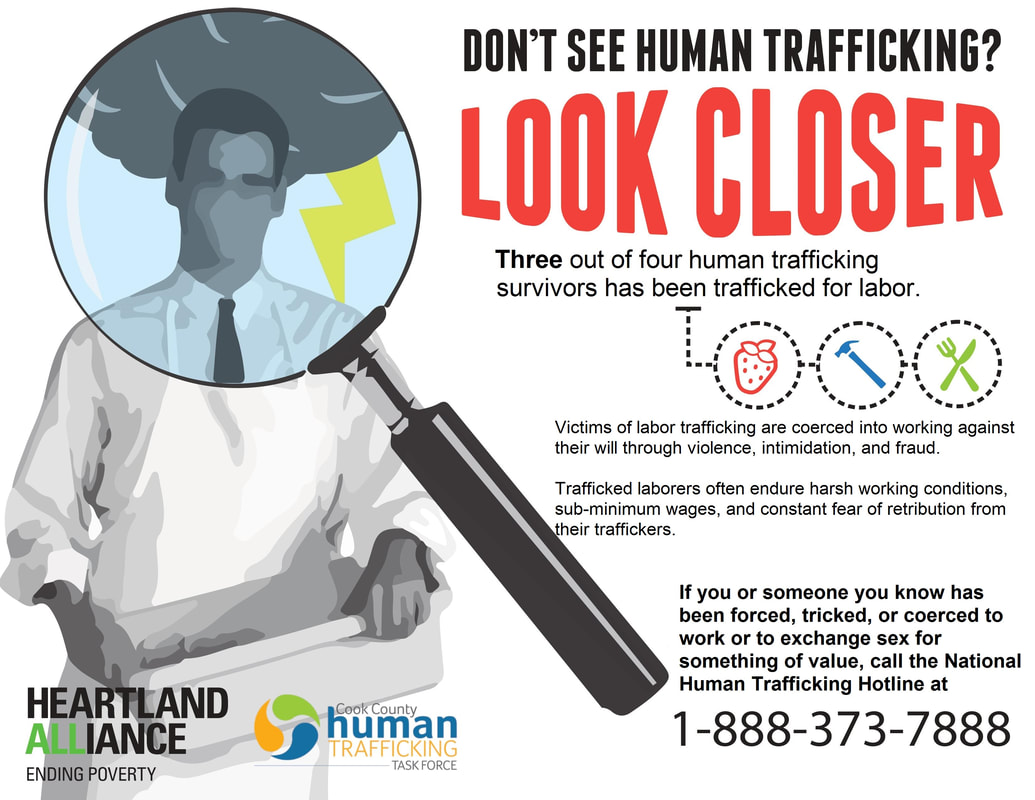
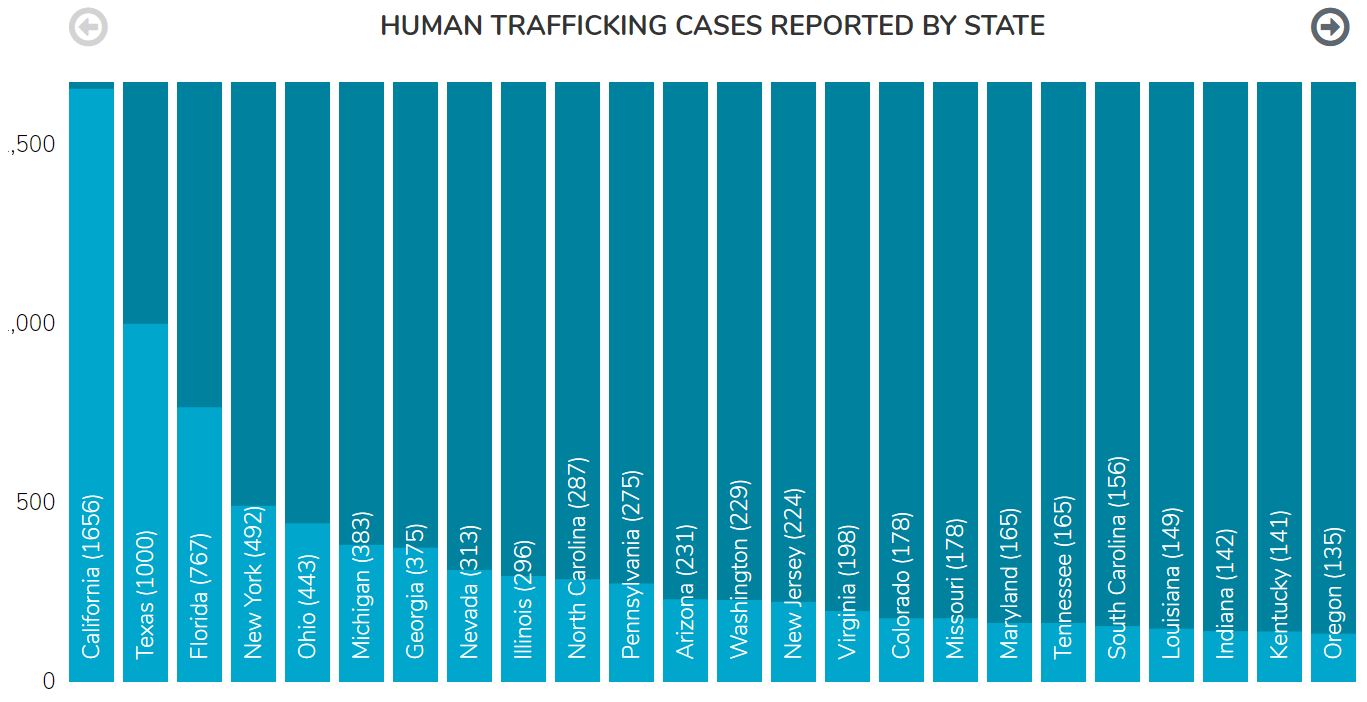
 RSS Feed
RSS Feed